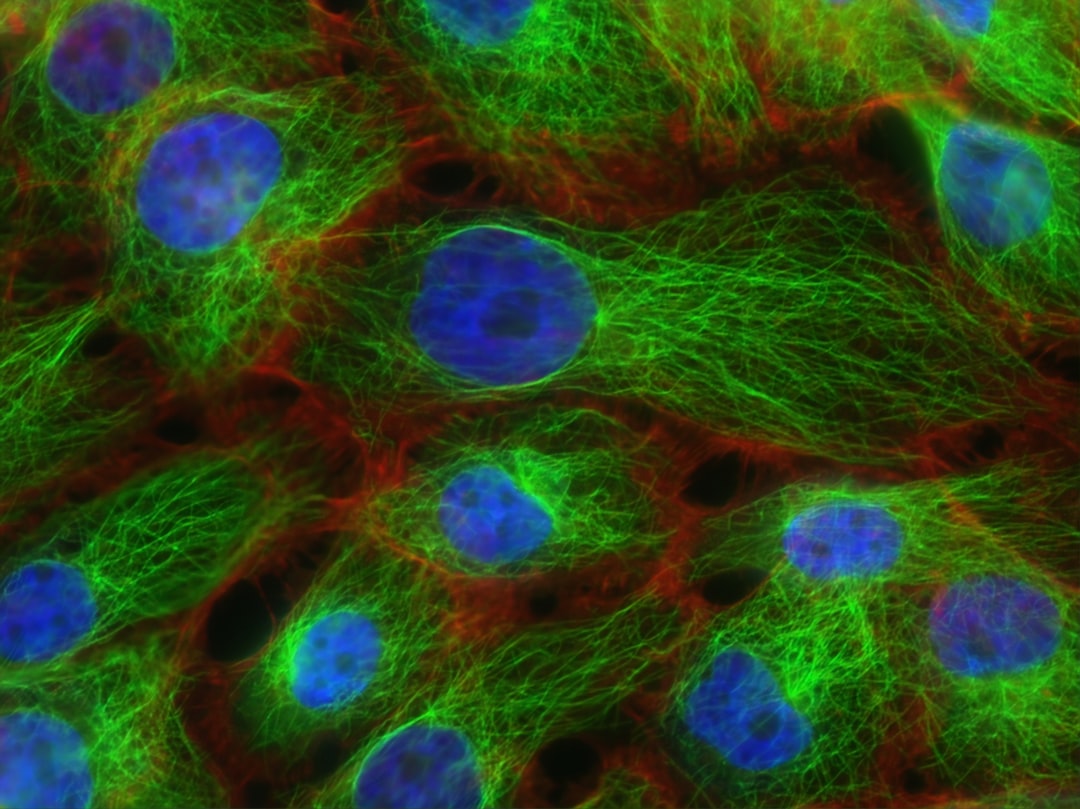What is it about?
Surface temperature is critical for the simulation of climate change impacts on the ecology, environment, and particularly permafrost in the cryosphere. Virtually, surface temperatures are different in the near-surface air temperature (Ta) measured at a screen-height of 1.5–2 m, the land surface temperature (LST) on the top canopy layer, and the ground surface temperature (GST) 0–5 cm beneath the surface cover. However, not enough attention has been concentrated on the difference in these surface temperatures. This study aims at quantifying the distinction of surface temperatures by the comparisons and numerical simulations of observational field data collected in a discontinuous permafrost region on the northeastern Qinghai-Tibet Plateau (QTP). We compared the hourly, seasonal and yearly differences between Ta, LST, GST, and ground temperatures, as well as the freezing and thawing indices, the N-factors, and the surface and thermal offsets derived from these temperatures. The results showed that the peak hourly LST was reached earliest, closely followed by the hourly Ta. Mean annual LST (MALST) was moderately comparable to mean annual Ta (MAAT), and both were lower than mean annual GST (MAGST). Surface offsets (MAGST-MAAT) were all within 3.5 °C, which are somewhat consistent with other parts of the QTP but smaller than those in the Arctic and Subarctic regions with dense vegetation and thick, long-duration snow cover. Thermal offsets, the mean annual differences between the ground surface and the permafrost surface, were within −0.3 °C, and one site was even reversed, which may be relevant to equally thawed to frozen thermal conductivities of the soils. Even with identical Ta (comparable to MAAT of −3.27 and −3.17 °C), the freezing and thawing processes of the active layer were distinctly different, due to the complex influence of surface characteristics and soil textures. Furthermore, we employed the Geophysical Institute Permafrost Lab (GIPL) model to numerically simulate the dynamics of ground temperature driven by Ta, LST, and GST, respectively. Simulated results demonstrated that GST was a reliable driving indicator for the thermal regime of frozen ground, even if no thermal effects of surface characteristics were taken into account. However, great biases of mean annual ground temperatures, being as large as 3 °C, were induced on the basis of simulations with LST and Ta when the thermal effect of surface characteristics was neglected. We conclude that quantitative calculation of the thermal effect of surface characteristics on GST is indispensable for the permafrost simulations based on the Ta datasets and the LST products that derived from thermal infrared remote sensing.
Featured Image
Why is it important?
First comparisons of three different surface temperatures to soil science. Simulate ground temperature by near-surface air, land and ground surface temperatures. Emphasize the importance of surface characteristics on mapping & modeling permafrost. Suggest the ground surface temperature as a reliable indicator for permafrost.
Perspectives
Quantitative calculation of the thermal effect of surface characteristics on GST is indispensable for the permafrost simulations based on the Ta datasets and the LST products that derived from thermal infrared remote sensing.
Dr Dongliang Luo
Northwest Institute of Eco-Environment and Resources, Chinese Academy of Sciences
Read the Original
This page is a summary of: Difference between near-surface air, land surface and ground surface temperatures and their influences on the frozen ground on the Qinghai-Tibet Plateau, Geoderma, February 2018, Elsevier,
DOI: 10.1016/j.geoderma.2017.09.037.
You can read the full text:
Contributors
The following have contributed to this page










